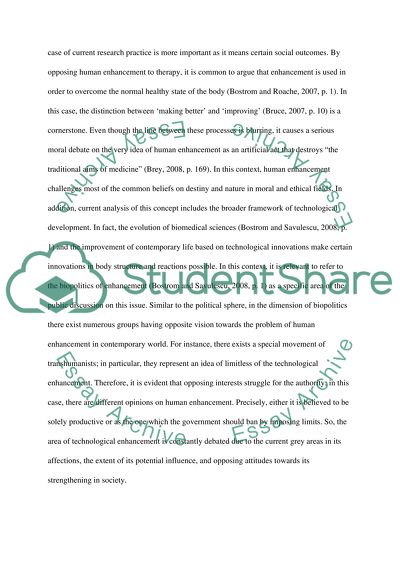Cite this document
(“There are no limits to the technological enhancement of the body, nor Essay”, n.d.)
There are no limits to the technological enhancement of the body, nor Essay. Retrieved from https://studentshare.org/sociology/1673150-there-are-no-limits-to-the-technological-enhancement-of-the-body-nor-should-society-seek-to-impose-any-discuss
There are no limits to the technological enhancement of the body, nor Essay. Retrieved from https://studentshare.org/sociology/1673150-there-are-no-limits-to-the-technological-enhancement-of-the-body-nor-should-society-seek-to-impose-any-discuss
(There Are No Limits to the Technological Enhancement of the Body, nor Essay)
There Are No Limits to the Technological Enhancement of the Body, nor Essay. https://studentshare.org/sociology/1673150-there-are-no-limits-to-the-technological-enhancement-of-the-body-nor-should-society-seek-to-impose-any-discuss.
There Are No Limits to the Technological Enhancement of the Body, nor Essay. https://studentshare.org/sociology/1673150-there-are-no-limits-to-the-technological-enhancement-of-the-body-nor-should-society-seek-to-impose-any-discuss.
“There Are No Limits to the Technological Enhancement of the Body, nor Essay”, n.d. https://studentshare.org/sociology/1673150-there-are-no-limits-to-the-technological-enhancement-of-the-body-nor-should-society-seek-to-impose-any-discuss.


